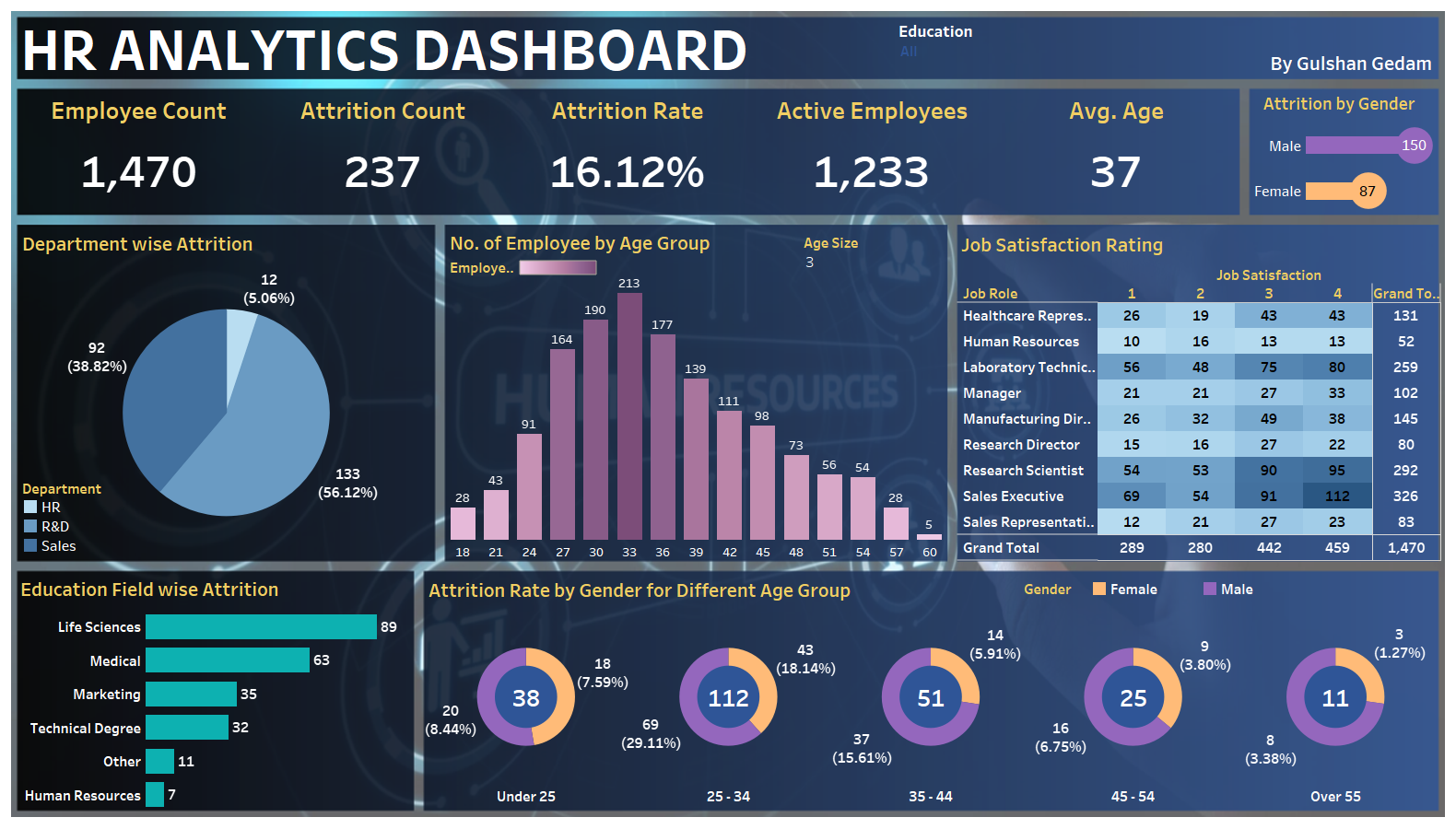Picture this: you’re cruising down the open road, music playing, the wind in your hair, when suddenly, two ominous lights flicker on your dashboard—the ABS and traction control lights. A playful question arises: do you pull over and worry, or do you simply ignore them, hoping they’ll just go away? Ignoring warning lights can be tempting, but when it comes to your vehicle’s safety features, it’s time to dive deeper into what these signals mean and how to troubleshoot them effectively.
At the heart of your vehicle’s operation, the Anti-lock Braking System (ABS) and traction control are vital for ameliorating risky driving situations. The ABS light usually indicates that there’s a malfunction within the braking system. On the other hand, the traction control light activates when the system is working to prevent wheel spin during slippery conditions. These systems often collaborate, and having both lights illuminated may pose a conundrum in terms of vehicle performance and safety. Let’s embark on this troubleshooting journey together.
First off, when you notice these lights illuminating, your instinct might be to panic. Take a breath and assess: Is it just an electrical glitch, or is it a sign of something more serious? This brings us to the first step in troubleshooting: check for trouble codes. Modern vehicles come equipped with an On-Board Diagnostics II (OBD-II) port. By using an OBD-II scanner, you can extract fault codes that will guide you toward identifying specific issues conspiring behind the scenes.
Now, let’s consider common culprits that could be behind those pesky lights. A well-loved adversary is the wheel speed sensor. This sensor plays a crucial role in monitoring the speed of each wheel, enabling the ABS to function correctly. If this sensor malfunctions or becomes dirty, it can trigger the ABS light. Sometimes, a simple cleaning can work wonders. Other times, replacement may be necessary. It’s akin to decluttering your home; removing the unwanted can often restore functionality.
Another frequent problematic area is the ABS module itself. This component is the command center for the ABS. If it fails, it may communicate the need for your attention via warning lights. Inspecting wiring connections and looking for damage or corrosion is crucial here. Be a detective in your own vehicle’s tale, piecing together the clues presented by your dashboard.
But what if the lights don’t extinguish after addressing these components? Fear not; it might be time to delve into the realm of electronic malfunctions. Traction control and ABS system rely heavily on your vehicle’s computer; thus, issues in the Electrical Control Unit (ECU) can lead to these warning lights flashing their concerns. A thorough scan of the ECU with the OBD-II scanner can help pinpoint electronic glitches that may be afoot.
Exploring wiring connections is also paramount. Loose, frayed, or broken wires can produce false signals that may trigger warning lights. Give the wiring harness a careful once-over, especially around the wheels and brakes, as these areas often endure greater wear-and-tear. Think of this as detective work—every detail may lead to a breakthrough.
Feeling a bit overwhelmed already? You’re not alone. Whether you’re a seasoned car enthusiast or a hesitant driver, understanding the intricate dance of vehicular mechanics can be a tad daunting. If the dashboard’s SOS signals are leading you down a rabbit hole, it might be time to call in the experts. An experienced mechanic can perform a comprehensive diagnosis—equipped with tools and an intimate familiarity with a wide range of makes and models.
Now let’s talk about the preventative measures you can take to ensure your vehicle remains compliant with safety standards, reducing the likelihood of ABS and traction control lights popping up unannounced. A regular maintenance schedule is indispensable. Routine checks on your braking system, as well as replacement of brake fluid, can maintain optimal performance. Keeping an eye on tire health and ensuring they are filled to the proper PSI is equally essential, as traction control relies heavily on maintaining adequate contact between the tires and the road.
Education goes a long way. Familiarize yourself with the warning signals your car presents. When the ABS light flickers, rather than dismissing it as an inconvenience, view it as an opportunity to improve your vehicle’s overall performance and safety. After all, the dashboard is your vehicle’s way of communicating, telling you when something needs attention, and every message is worth heeding.
Ultimately, while the sight of those dashboard lights can induce a jolt of anxiety, understanding their significance and knowing how to respond can turn that anxiety into action. Whether troubleshooting on your own or enlisting the help of a professional, you can ensure your vehicle remains roadworthy and safe. Embrace the challenge, and let your vehicle’s lights guide you safely through your journeys.
